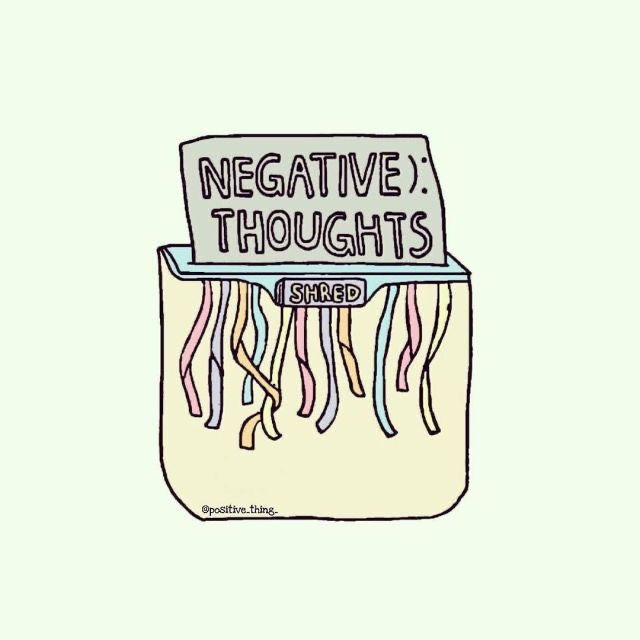Working in a Psychiatric Hospital
- Abi

- Sep 1, 2019
- 4 min read
Updated: Sep 8, 2019
10 Things I’ve Learnt During My First Month as a Mental Health Support Worker
*CW: this post may contain triggering material*
After a month of training, and a month of supernumerary shifts where I followed staff members around like a shadow, I’ve finally been unleashed as a fully fledged Mental Health Support Worker.
Despite the thorough and fastidious nature of the four-week training programme, never had I felt so scared to begin a new job, and never have I been filled with such dread at the thought of going into work every day.
For those of you curious as to what really goes on in a psychiatric hospital, or those of you who are daring enough to experience it yourself, here are 10 things I learnt during my first month as a mental health support worker.

1. Nothing can really prepare you for working in a psychiatric hospital, other than simply quenching your catastrophic imaginings by experiencing the not-quite-so-terrifying reality of it all. That is not to say there have not been terrifying moments or that the anxiety that I've experienced is unwarranted. I've had to intervene in saving patients' lives several times, and I've had my fair share of physical attacks, but the team I am constantly surrounded by makes coping with all of this far easier.
2. Spending 12 hours a day with patients who are depressed, suicidal, manic, and unpredictably violent is all-consuming, draining and a challenge not for the faint-hearted. Even when I think I’ve left the issues of the day at work, at night I dream I am still there and find myself sitting up in bed forcing myself to stay awake and continue my observations.
3. On wards where the severity of the patients’ risk to themselves or others is so high, you will spend the majority, if not the entire day, on observations. Some patients will be on what we call Level 3 or 4 observations where they must be kept either in eye sight or at arm’s length by one or more members of staff on a 24-hour basis, until their risk has reduced.

Other patients who are not deemed as requiring constant observation will be on Level 2 (intermittent observation – once, twice or four times an hour) or Level 1 (general observation – a minimum of four checks a day). Each patient has a clip-board allocated to them where staff record their location, behaviour, and mental, physical and emotional state at the required times.
4. I was surprised after my first week that the overriding emotion I had experienced was boredom. Whilst it is part of a mental health support worker’s duty to encourage and facilitate activities, with the combination of high dosages of medication and high levels of depression at play, the time spent on observations is often spent watching the patients sleep.

When they are awake, however, the patients are able to do things such as baking, crafts, sports, have beauty treatments, take a walk to the shop or around the grounds, or, depending on their sectioning, go on leave further afield.
5. The wards contain patients with a myriad of differing disorders, with a large proportion of patients suffering from more than just one. In my first month I have worked with patients with schizophrenia, Borderline Personality Disorder, depression, PTSD, psychosis, eating disorders, bipolar disorder, substance misuse/ alcohol addiction, anxiety disorder and Asperger’s/ Autism.

6. One of the most surprising things I learnt during my training for this role is that females self-harm more than males. Having spent time on both male and female wards, I have found this to be true, especially the impulsive type of self-injury that involves cutting, swallowing, burning, head-banging or tying ligatures. What I am yet to understand is the reasoning behind this gender disparity.
7. Irrelevant of gender, patients can be triggered to self-harm, make a suicide attempt or become violent by anything. Examples range from traumatic memories triggered by a sandwich, noisiness on the ward, certain times of the day or dates in the year, to the approach of their release date. Quite often, patients who are set to be discharged from the ward, relapse, as the safety of hospital is far easier to process than all that the outside world entails.
8. When patients do become violent or attempt to harm themselves and verbal de-escalation fails, we may be required to conduct physical restraints. Using ‘reasonable force’, that is necessary and proportionate, we use our Prevention and Management of Violence and Aggression (PMVA) training to safely intervene. At least two people are needed to perform a restraint, so in these cases we pull our alarms and (hopefully) in a matter of seconds support comes.

9. In extreme cases where a patient in restraint does not become settled and refuses medication, an Intramuscular injection (IM) will be administered, without the patient’s consent. I was surprised to find that this method of rapid tranquillisation was actually used outside of movies, but I have witnessed how, when nothing else
works to calm a patient in extreme distress and unable to make decisions for themselves, this method is necessary.
10. The final point I would like to make is perhaps the most important. Despite the inevitable struggles that come with a job such as this, I would like to highlight that more than anything, this job is incredibly rewarding, and, for a large part, enjoyable. Believe it or not, I spend a solid 50% of my time on the wards laughing; many of the patients are charming and, although it should be the other way around, they look out for us. They appreciate our presence and I leave work every day feeling valued and grateful for the life I have to return to.





Comments